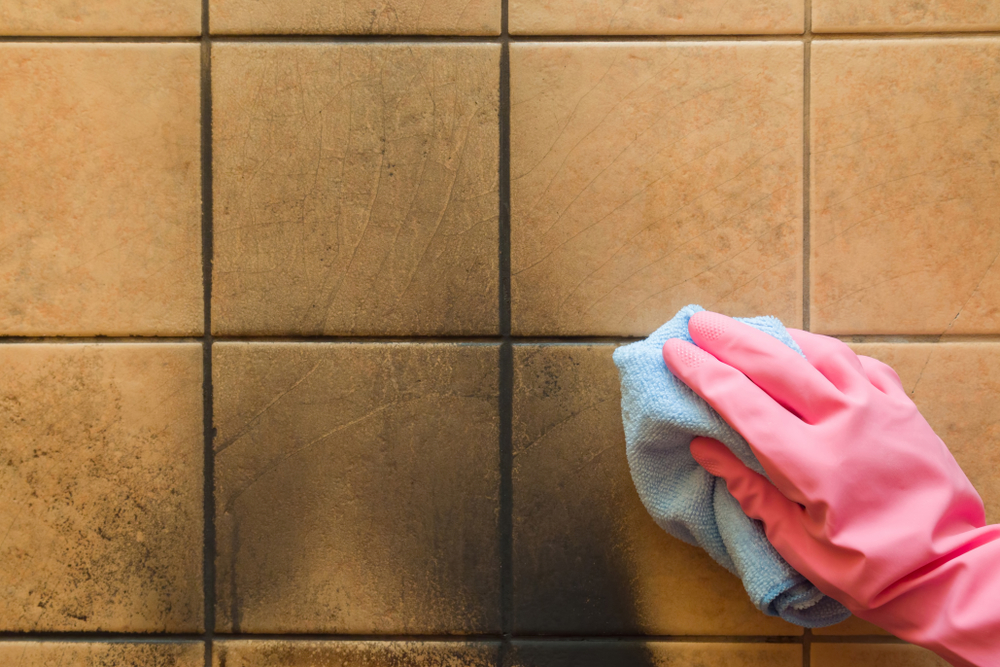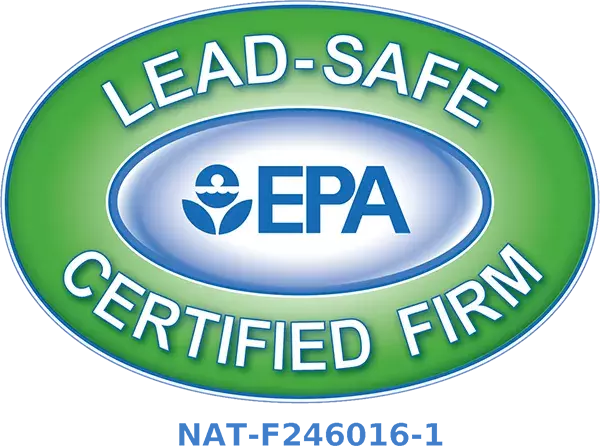When you experience a house fire, you know the kind of devastation it can leave behind. A fire gains energy by consuming material in its path and leaves behind a wake of destruction. One of those materials left behind is soot.
Any fire, regardless of how big it is, leaves behind soot. Even a small candle produces soot inside your home. Soot can collect on various household surfaces, and there are some potential consequences in that case.
What is Soot?
It may appear that an object burned away by fire just vanished, but that’s not the case. When fire consumes material, it produces chemicals and particulate matter. The particle matter left behind appears as fine solid substances, which is soot.
These substances left behind are not harmless. The black appearance of soot should be taken as a warning as it contains several harmful chemicals that could lead to cancer. The exact makeup of soot depends on the type of material consumed during the combustion of the fire. In house fires soot could contain:
- Wood
- Paint
- Plastic
- Metals
Health Effects of Soot
Once soot settles inside your home after a fire, it can be challenging to get rid of. You might be able to wipe soot away from a window or smooth, nonporous surface, but getting it out of wood or furniture can be trickier.
Still, soot must be addressed as it contains harmful chemicals that can affect your health. It can linger in the air even if you don’t see it. Exposure to soot can cause physical reactions, including:
- Skin irritation
- Coughing
- Eye irritation
- Sore throats
- Headaches
Long-term exposure to the carcinogens in soot can lead to certain types of cancer.
Where Soot Collects
You don’t have to experience a house fire to accumulate soot inside your home. Any action that involves combustion can lead to the collection of soot. There are already several activities that you engage in that could be contributing to soot.
You’re collecting soot if you cook (with gas, or on any other open flame), burn candles, or enjoy a warm fire inside your home. Soot will accumulate on surfaces such as appliances like the stove. It will remain in the walls after the fire is extinguished, and it will also build up on countertops or windows.
Of course, larger fires such as housefires will create more significant amounts of soot, but the long-term build-up is still a consideration. If you need help cleaning up the effects of soot, consider a fire restoration service like J&R Restoration. They not only have experience in knowing where to look for and detect soot, but they also have all the tools required to remove it. A small investment in this procedure now can help prevent costly consequences down the line.


